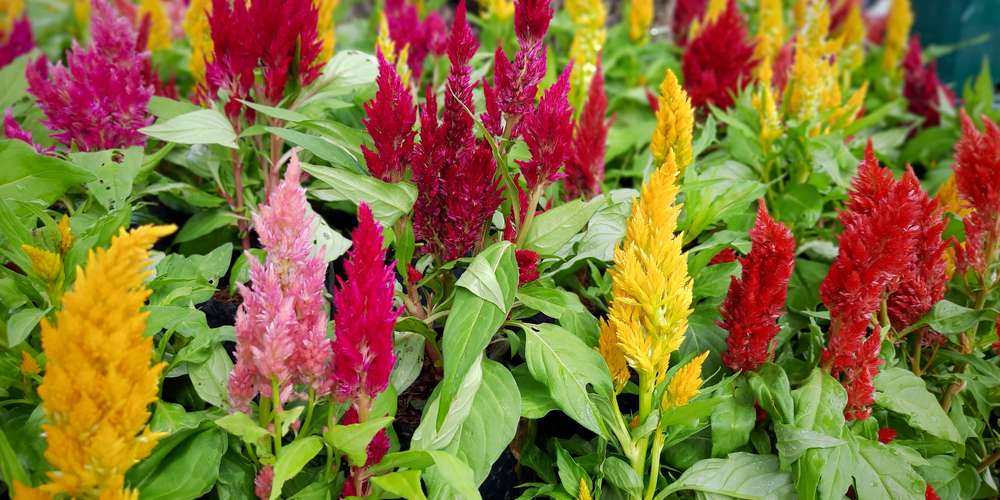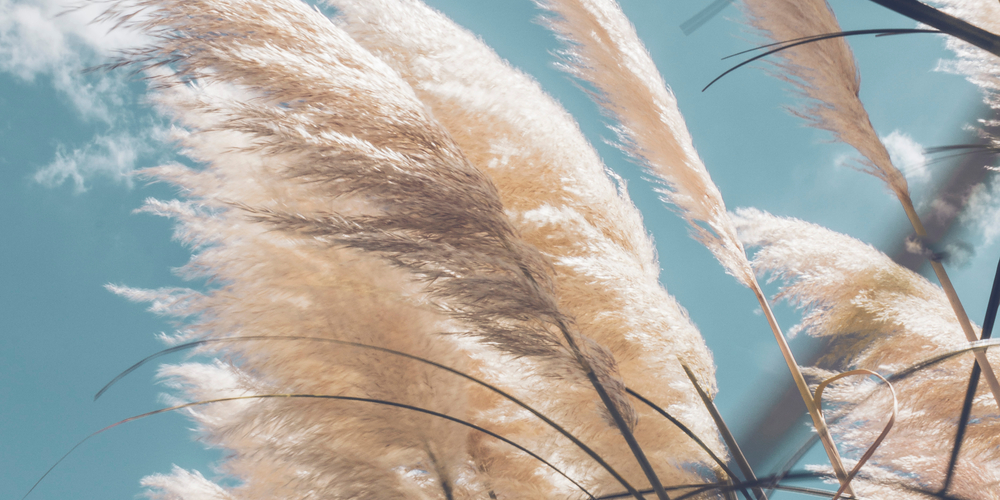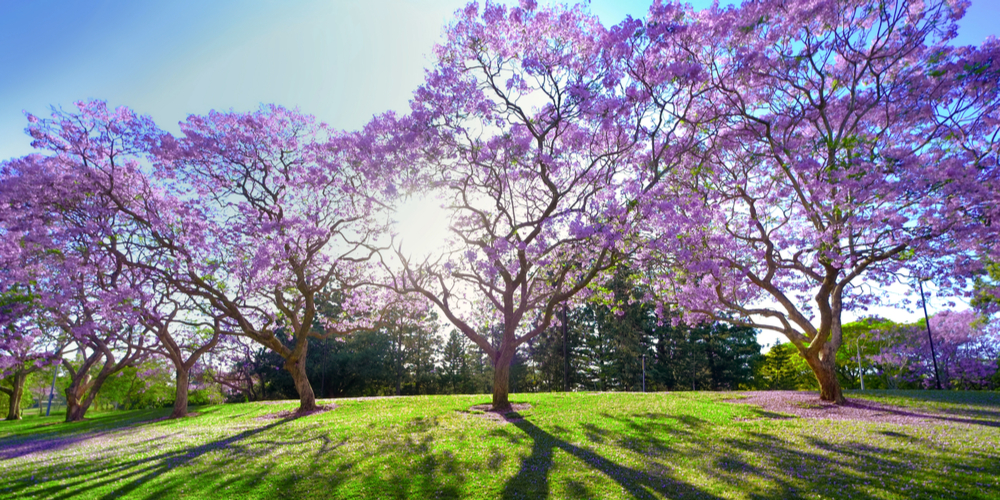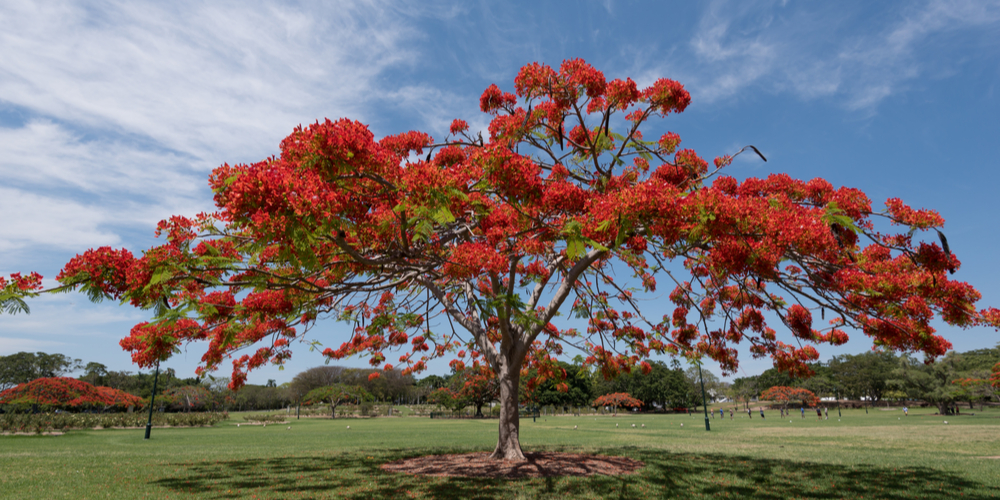Feather-like leaves can add unique decorative details to your garden. As you probably picture, plants that look like feathers feature leaves with the typically fluffy texture resembling a feather quill. Whether you like these complex structures and vivid colors comes down to your taste. In general, they fall into the “love or hate” category. Here are some plants that look like feathers!
If you want to add more character to your yard by including some feather-like plants, this guide is for you. In this list, you’ll find some of the best plants that look like feathers and a couple of tips about how to take good care of them.
Plants That Look like Feathers
Feather like plants can make gardens more elegant and visibly attractive if you arrange them properly. The good news is that here you’ll find our recommendations to make them thrive: by following them, you’ll be able to get stunning results.
So, are you ready to set up a garden that will be the envy of all of your neighbors?
Celosia

The vivid color and flashy plume-like flowers make Celosia a stunning decoration that works well for indoors and summer gardens. Its colors include orange, green, purple, pink, and red. This plant also works as a popular cut flower, especially in Japan.
Celosia care tips
If you want to grow Celosias in your house, remember that they need warmth and shelter, as well as moderate sunlight during the day. Also, you will need to ensure the soil you plant them in is moist and nourished with essential nutrients such as nitrogen and phosphate.
Their exotic appearance makes them perfect for gardens or indoors that need more color. You can combine them with other brightly colored plants such as lilies and salvias to add more character to your yard.
White Feather Pampas Grass
If you want to make a bold statement, pampas grass might be your best solution. These plants are native to South America but cultivated worldwide. These grand plants can reach up to thirteen feet in height and thrive in various climates and conditions.
Plus, if you don’t want to get headaches with maintaining your garden, getting these showy plants might solve your issues and help you create an attractive environment in your yard.
White feather pampas grass care tips
White feather pampas grass requires little care: you’ll only have to do some pruning once per year to get rid of the old foliage and make space for growth. You can choose among more than 20 varieties of pampas for your yard: this gives you all the freedom to select the one that best suits your taste and your garden’s conditions.
You may want to know that some countries and states have banned white feather pampas grass for being invasive. Under the appropriate conditions, they will quickly grow in almost any garden.
Jacaranda
Jacaranda trees seem to have come out of a fairy tale movie. Under the appropriate conditions, these trees can span in width to cover your garden with beautiful lavender blooms every spring. For its conical shape and bright colors, Jacaranda resembles the feathers of tropical birds.
Jacaranda care tips
While these plants are relatively low-maintenance, they require certain conditions to thrive. In the right environment (warm temperature and mild winters), Jacarandas successfully grow to their full splendor. However, growing them in colder climates is not impossible: some gardeners have tried (and succeeded) making them large houseplants for decorative purposes with stunning results.
You will have to prune this plant regularly to give it a good shape and ensure the blooms come out healthily. Aside from that, provided that they receive enough sunlight, your Jacaranda tree will show the best of itself.
Royal Poinciana
Also known as “flame tree,” Royal Poinciana is a fast-growing evergreen typical of tropical and subtropical regions. While it is a stunning image, it does require some space to thrive. Plus, given its invasive roots, you’ll want to plant it far from buildings. The lush foliage and its complex structure resemble the plumage of tropical flowers.
Royal Poinciana works as an effective shade tree but can cause damage to walls, pavements, and other structures, if not planted in the right spot. Also, dealing with the litter it causes might be a hassle if you don’t want to lose too much time taking care of your garden.
This plant is a bit picky with temperature and humidity. Being a tropical tree, it prefers warm and humid environments, making it unsuitable for colder regions.
Plants That Look like Feathers: Conclusion
If adding some feather-like plants ever crossed your mind, you should now have a clear idea of what species to choose from for your garden. Check with the plant’s requirements to allow the one you select to thrive and show its unique foliage.


